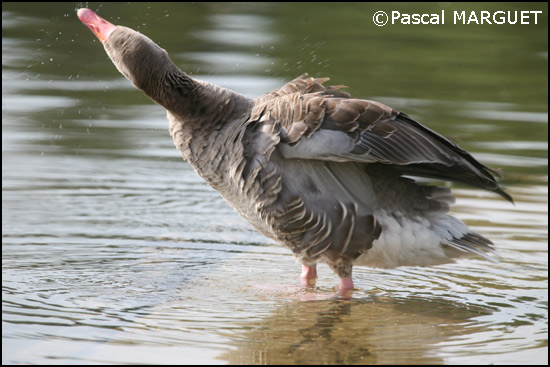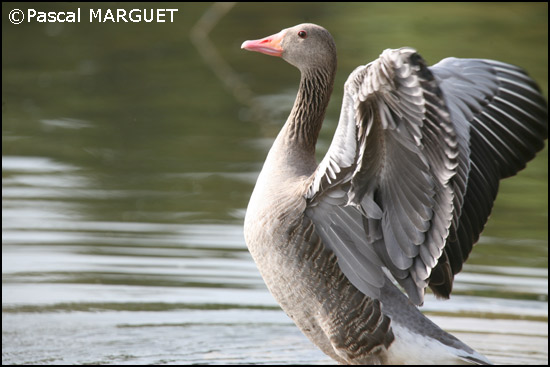Un petit texte (en version originale !) :
"THE
ALBATROSS
In In Patagonia I suggested that the
Albatross which hung from the neck of the Ancient
Mariner was not the Great Wandering Albatross but a
smaller black species : either the Sooty Albatross
or the black-browed. The Sooty is the likelier of
the two. Il is a streamlined bird that keeps to the
open sea. I think I saw one off the south-east coast
of Tierra del Fuego. The black-browed is everywhere,
in the Magellan Strait and the Beagle Channel, and
ressembles a large Greater Black-backed Gull.
On the south side of the Beagle Channel
is the Chilean island of Navarino, with its naval
base at Puerto Williams. I hoped to walk around the
coast and get a glimpse of Hermit Island, which is
the breeding colony of the Black-browed Albatross.
The wind and the rain drove me back.
East of the naval base there is a row of
shacks in which live the last of the Fuegian Indians
– the Indians Darwin mistook for the ‘missing link’.
He compared their language to the ‘grunt of
animals’, being unaware that a young Fuegian spoke
as many words as Shakespeare ever wrote.
Most of the Fuegians on Navarino are
half-bloods. But I met one old man, Grandpa Felipe,
who was said to be almost pure. He was a frail old
man, mending his crab-gear. He had never been
strong. He had watched his wife die. And all his
children die.
‘It was the epidemics’, he said – and whenever he
said the word epidemias, it sounded as a mournful
refrain.
The Fuegians were as skilful canoers as the
Eskimoes.
A year and a half later, when In
Patagonia was in press, I went to the island of
Steepholm in the Bristol Channel. My companion was a
naturalist in his eighties. The purpose of our visit
was to see in flower the peony that is supposed to
have been brought there as a medicinal herb by monks
from the Mediterranean.
I told my friend the story of how, in the nineteenth
century, a Black-browed albatross had followed a
ship north of the Equator. Its direction-finding
mechanisms had been thrown out of line. It had ended
up on a rock in the Faroe Islands where it lived for
thirty-odd years and was known as ‘The King of the
Gannets’. The Hon. Walter Rothschild made a
pilgrimage to see it. Finally, it was shot, stuffed
and put in the Copenhagen Museum.
‘But there’s a new albatross,’ the old man said. ‘A
female bird. She was on Bass Rock last year, and I
think she’s gone to Hermaness.’
Hermaness, at the tip of Unst in Shetland, is the
ultimate headland of the British Isles.
From my flat in London, I called Bobby Tullock, the
Shetland ornithologist.
‘Sure, she’s on Hermaness. She’s made a nest among
the Gannets and she’s sitting proud. Why don’t you
come and see her? You’ll find her on the West Cliff.
You can’t miss her.’
I looked at my watch. Il was nine
o’clock. I had time to get to King’s Cross Station
before the night train left for Aberdeen. I put on
my boots and packed a bag.
There was a hold-up on the tube. I almost missed the
train. I ran down the platform at the last minute.
The sleeping-car attendant was a craggy white-haired
Scot in a maroon uniform with a gold braid. Beside
him stood a small dark young man, waiting.
I was out of breath.
‘Have you got a berth?’ I asked.
‘Aye,’ said the sleeping-car attendant. ‘If you
don’t mind sharing with that!’
He jerked his thumb at the little man.
‘Of course not,’ I said.
The man jumped into the upper bunk. I
tried to talk. I tried English, French, Italian,
Greek. Useless. I tried Spanish and it worked. I
should have guessed. He was a South American Indian.
‘Where are you from?’ I asked.
‘Chile.’
‘I have been in Chile. Whereabouts?’
‘Punta Arenas.’
Punta Arenas on the Straits of Magellan is the
southernmost city in the world.
‘I was there,’ I said.
‘I come from Punta Arenas. But that is not my home.
My home is Navarino Island.’
‘You must know Grandpa Felipe.’
‘Es mi tio.’ ‘He is my uncle.’
Having exceptional powers of balance,
the young man and his brother found work in Punta
Arenas as refuellers of the light-buoys at the
entrance to the Magellan Strait. In any sea they
would jump onto the buoy and insert the fuel nozzle.
After the fall of Allende, the brother got a job
with an American oil company, using his talent on
off-shore rigs. The company had sent him to the
North Sea oil field. He had asked for his brother to
join him. They would each earn 600 pounds a week.
I told him I was travelling north to see a bird that
had flown from his country. The story mystified him.
Two days later I lay on the West Cliff off Hermaness
and watched the Albatross through binoculars : a
black exception in a snow field of Gannets. She sat,
head high and tail high, on her nest of mud, on her
clutch of intertile eggs.
I too am mystified by this story."
1988 – Bruce Chatwin
– ‘What Am I Doing Here’.
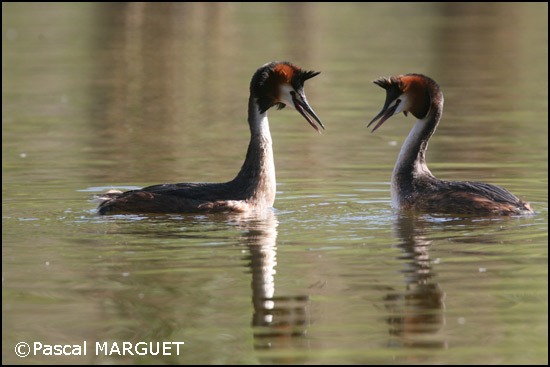

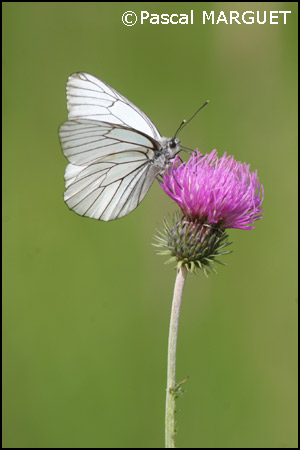
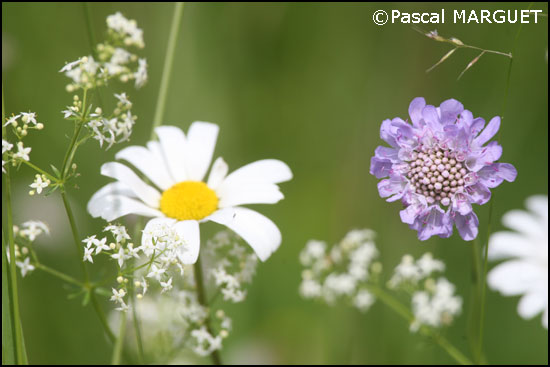
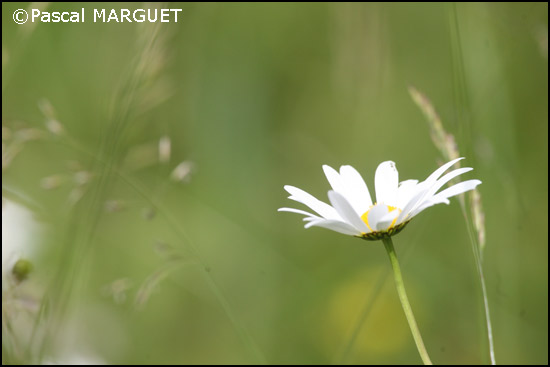
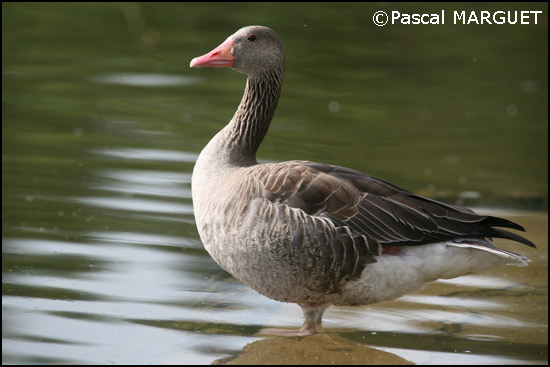
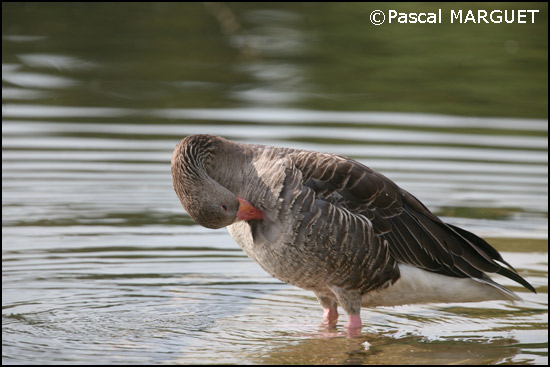 .
.